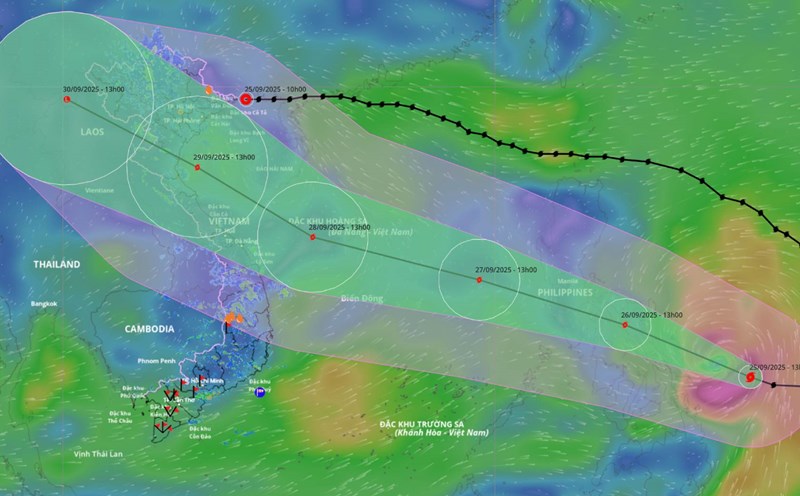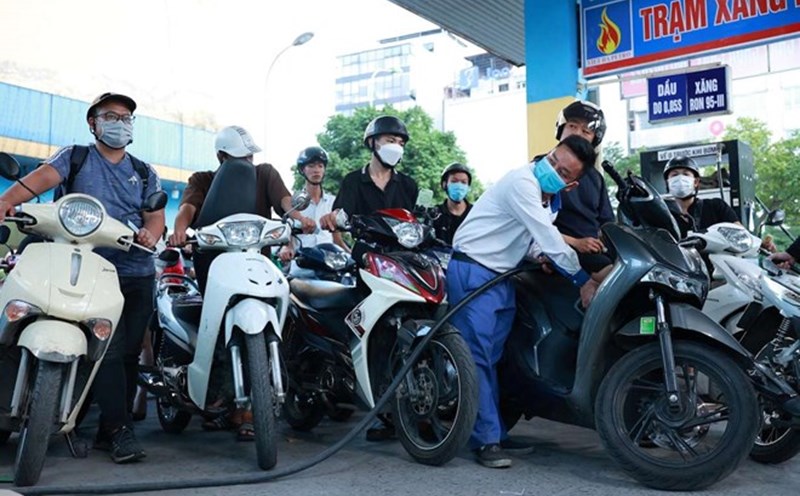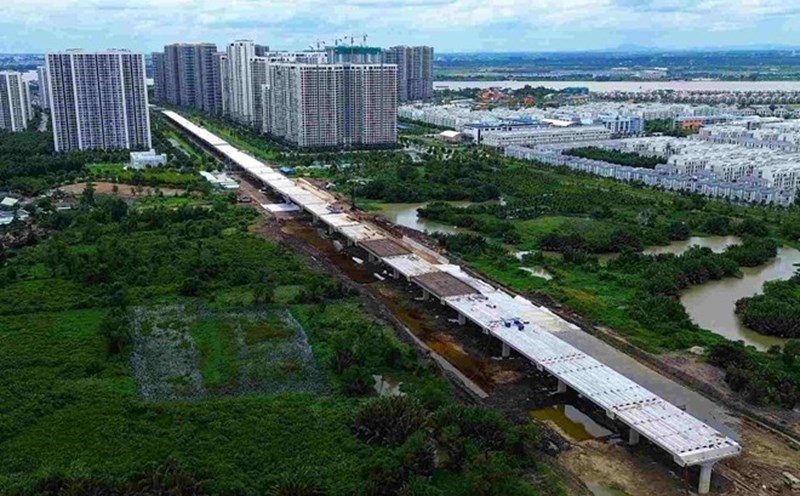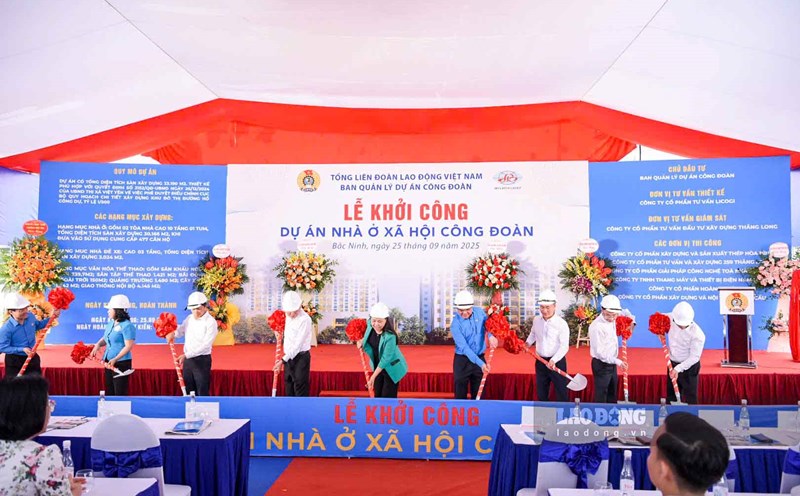On the afternoon of September 25, at a regular press conference, the Ho Chi Minh City Department of Construction informed about the relocation and resettlement work to serve the Binh Quoi - Thanh Da Urban Area project (Binh Quoi ward).
According to the plan, the urban area has a total area of 549.4 hectares, including 423.61 hectares of land (to the upper reaches of the Saigon River) and 125.79 hectares of water surface, with a population of about 54,000 people.
The entire population of the previous Ward 28 - more than 16,000 people - will have to be relocated but will be resettled on the spot, mainly in Unit No. 1, along the existing Binh Quoi road axis.
The Department of Construction said that the area and type of resettlement housing will be determined in the detailed planning stage, based on agreement with the people. The arrangement will be diverse in types, in harmony with the technical - social infrastructure system, ensuring favorable living conditions.
For social housing, the project is expected to reserve about 20% of residential land fund (excluding existing residential land and resettlement land), prioritized at Unit No. 1. If the land fund is not enough, the plan will be studied and supplemented at the Unit No. 2.
The apartments will have an area of 25 - 70m2; if the maximum area is adjusted, the increase will not exceed 10%, at the same time, the apartment ratio of over 70m2 will not exceed 10% of the total number of apartments.
The resettlement plan and land allocation for social housing will be studied and determined by the investor during the project preparation phase, and submitted to the competent authority for approval.
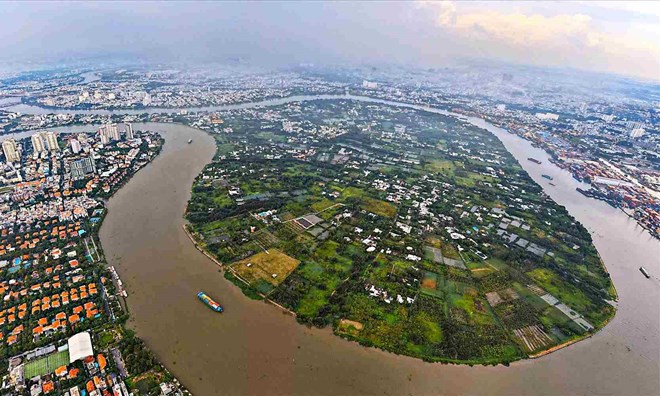
The People's Committee of Binh Quoi Ward has collected public opinions with 4,410 votes issued. As a result, there were 4,214 votes in agreement (95.56%), 112 votes in disagreement (2.54%) and 84 votes without opinions or with other opinions (1.9%).
Binh Quoi - Thanh Da urban area is oriented to develop into an urban center combined with a flooded park, a modern eco-tourism urban model with synchronous infrastructure.
The project will build a high-rise central area, reduce construction density, interspers park and flooded area, and at the same time develop mixed functions: housing, administration, office, hotel, trade, services, culture and tourism along the river.
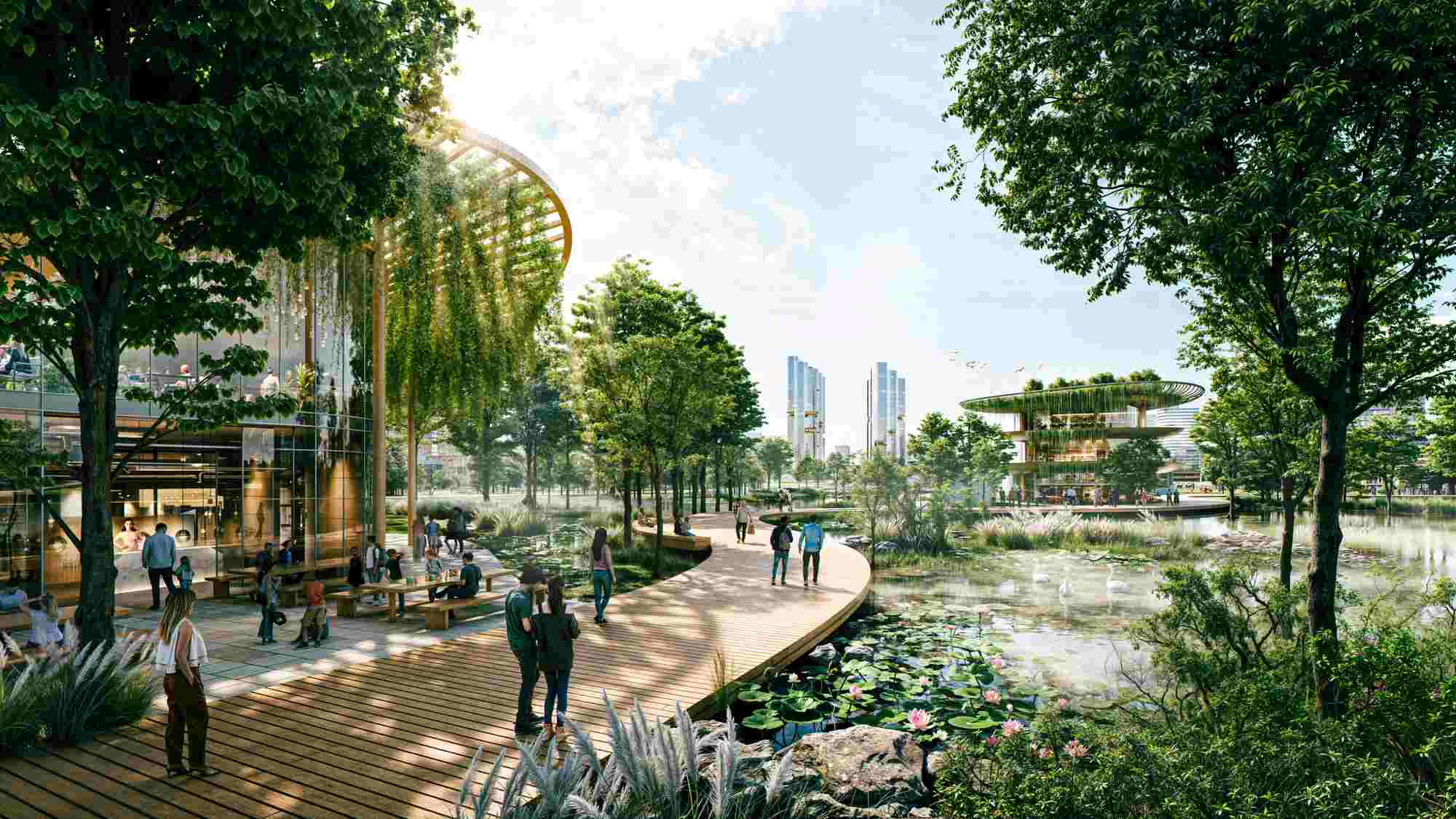

This urban area is divided into 3 residential units and interspersed with urban-level functions.
Unit in 1: Located in the Northwest, along the existing Binh Quoi road; is an existing residential area combined with resettlement and social housing. The scale is about 18,000 people, area 116.7ha.
Unit in 2: Located in the South, opposite An Khanh ward across the Saigon River; oriented to become a high-quality residential community with many amenities serving a healthy lifestyle. The scale is about 20,000 people, area 155.22ha.
Unit in 3: Located in the Northeast, opposite Truong Tho area across the Saigon River; characterized by flooded landscape, yacht and ecological space. The scale is about 16,000 people, area 151.68ha.
The Binh Quoi - Thanh Da peninsula is about 6.5 km from the center of Ho Chi Minh City, surrounded by the Saigon River and Thanh Da canal, with rare natural landscapes and considered one of the rare large vacant land funds near the center.
This project was approved in 1992, but has been sluggish for more than 30 years due to the large total investment capital (about 30,000 billion VND) and difficulties in site clearance. The repeated changes of investors have not helped the project get off the ground, making it one of the longest-standing "suspended" projects in Ho Chi Minh City.



